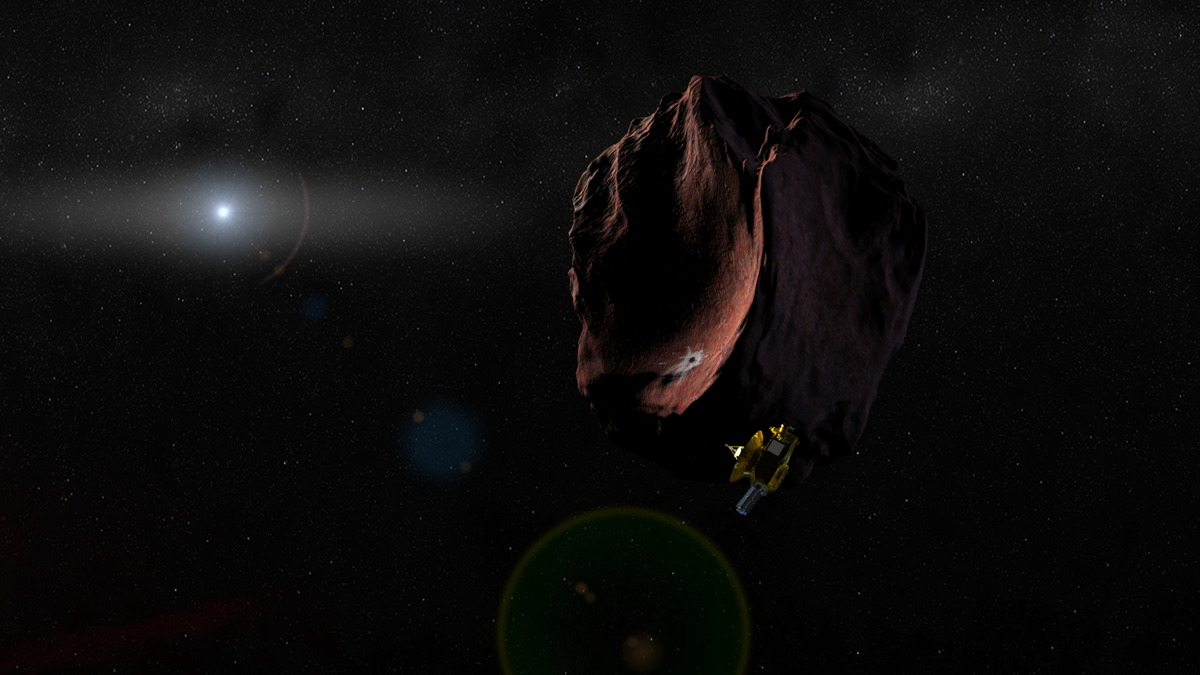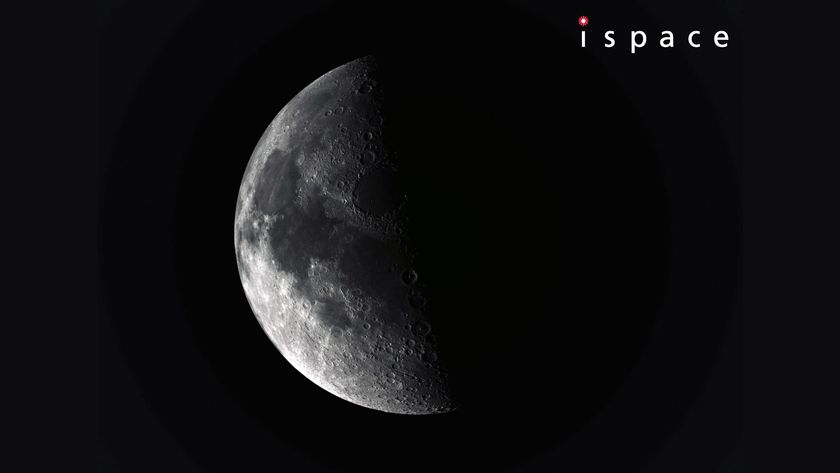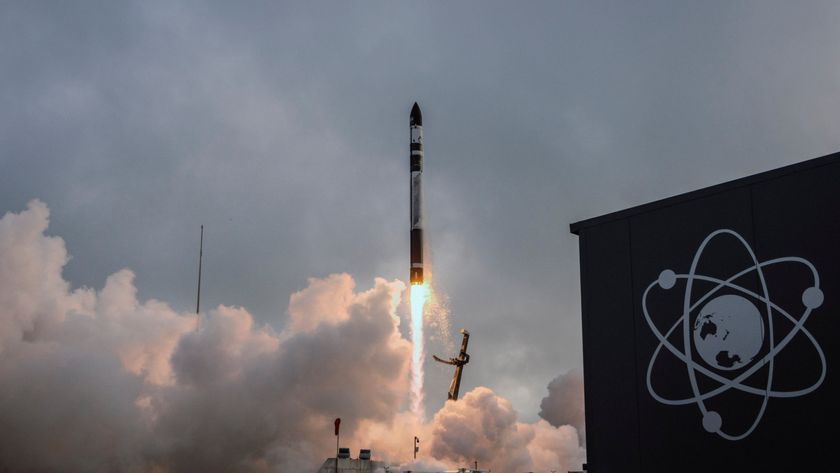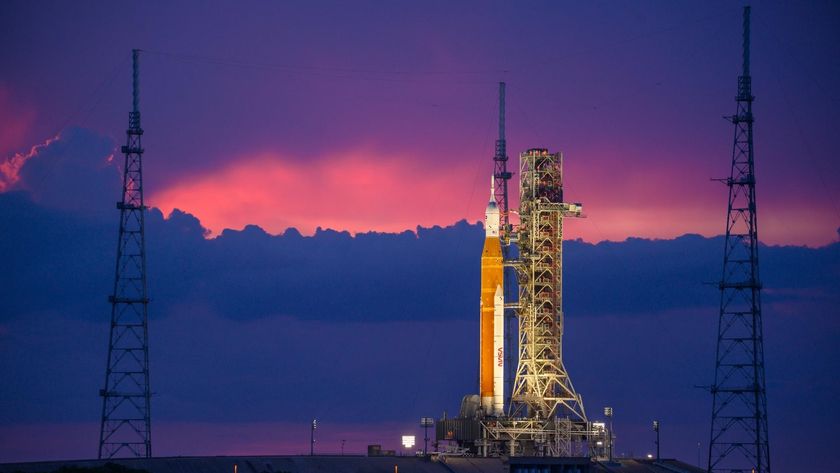
NASA's New Horizons spacecraft has begun chasing down another distant, icy object.
New Horizons, which in July performed the first-ever flyby of Pluto, fired up its engines yesterday (Oct. 22) in the first of four maneuvers designed to send the probe zooming past a small object called 2014 MU69 on Jan. 1, 2019.
The 16-minute engine burn changed New Horizons' trajectory by about 22.4 mph (36 km/h), mission officials said.
The other three upcoming maneuvers — which are scheduled for Oct. 25, Oct. 28 and Nov. 4 — will change the spacecraft's trajectory by a total of 127.5 mph (205 km/h), putting it on target for the 2019 encounter with 2014 MU69, which lies about 1 billion miles (1.6 billion kilometers) beyond Pluto's orbit.
Like Pluto, 2014 MU69 lies in the Kuiper Belt, a ring of frigid bodies past Neptune.
This second flyby is not firmly on NASA's books, however; the space agency must still approve an extended mission for New Horizons. The probe's operators plan to submit a formal extension proposal early next year, mission team members said.
New Horizons' historic encounter with Pluto revealed the dwarf planet to be an incredibly diverse and geologically active world, complete with towering ice mountains and glaciers of frozen nitrogen.
Get the Space.com Newsletter
Breaking space news, the latest updates on rocket launches, skywatching events and more!
The views from the second flyby will be quite diffferent (if it happens), for 2014 MU69 is a very different world than Pluto. For example, scientists think 2014 MU69 is just 30 miles (48 km) wide or so, whereas New Horizons found Pluto's diameter to be 1,473 miles (2,370 km).
Small Kuiper Belt objects are more pristine and primitive than dwarf planets like Pluto, so flying by 2014 MU69 could shed light on the raw materials that coalesced to form the planets 4.5 billion years ago, scientists have said.
"Linking the materials that we find in the Pluto system to these much smaller objects is going to really open our eyes to what the planets are made of," Scott Sheppard of the Carnegie Institution for Science in Washington, D.C., who is not a New Horizons team member, told Space.com in August.
Follow Mike Wall on Twitter @michaeldwall and Google+. Follow us @Spacedotcom, Facebook or Google+. Originally published on Space.com.
Join our Space Forums to keep talking space on the latest missions, night sky and more! And if you have a news tip, correction or comment, let us know at: community@space.com.

Michael Wall is a Senior Space Writer with Space.com and joined the team in 2010. He primarily covers exoplanets, spaceflight and military space, but has been known to dabble in the space art beat. His book about the search for alien life, "Out There," was published on Nov. 13, 2018. Before becoming a science writer, Michael worked as a herpetologist and wildlife biologist. He has a Ph.D. in evolutionary biology from the University of Sydney, Australia, a bachelor's degree from the University of Arizona, and a graduate certificate in science writing from the University of California, Santa Cruz. To find out what his latest project is, you can follow Michael on Twitter.


